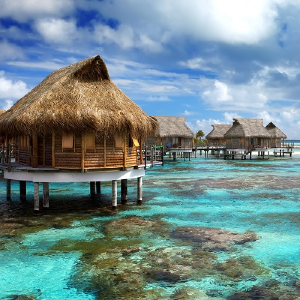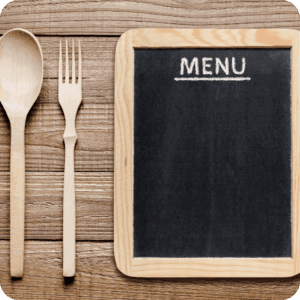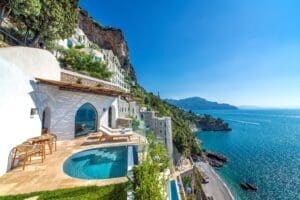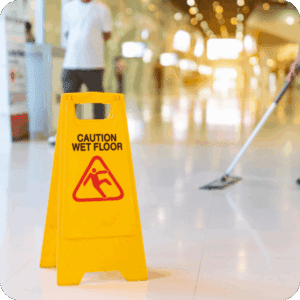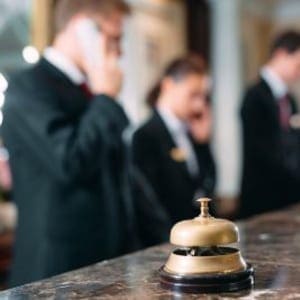The previous ‘Wine 101’ article covered some of the basics. This article, however, is dedicated to those outlets that a few categories higher in their presentation of wine as an important component of their F&B mix. As a caveat, this isn’t intended for those five-star properties that cater to wine gurus. It isn’t meant for those properties with wine lists scribed in gold leaf, leather-bound volumes which require three longshoremen to carry such printed tomes to the table. These ‘destination wine outlets’ still exist, as do their sommeliers with sterling silver tasse de vins dangling via tri-coleur ribbons around their necks.
Rather, this is devoted to the middle or upper-middle ground: restaurateurs who recognize the importance of wine to their outlet’s revenue stream and who already appreciate the immense value that wine adds to their guests’ mealtime enjoyment. With that, here’s what I recommend:
- Be prepared to refresh your wine list regularly. Not only do vintage years change, but so too does the wine list that you will be selecting. Get used to it.
- Find two reliable suppliers or merchants and get to know them well. Rather than cruise the market, you are better off to create relationships with a few specialists. If you have a major operation, you may wish to expand the supplier list or even buy direct, but this is reserved for the big boys. You are a hotelier, stick to what you know, then let the wine merchants deal with their specialty.
- Think local first, then regional, then national. Every guest loves a local story, and is prepared to scrutinize a plethora of local vintages. Providing that you are not purveying turpentine, local vineyards offer you the opportunity to support your community and add novelty. As well, it’s a two-way street; local vineyards you support will surely return the favor with a few well-placed referrals.
- Develop a mark-up strategy in line with your retail price points. Many restaurateurs use a sliding mark-up scale, reducing the percentage as the cost price increases. You should consider this, and as well, consider the retail price points. Sticker shock for many customers will set in at the $40 or $50 thresholds. Learn about your guests and manage your lists accordingly.
- Developing your own private label wine can be a double-edged sword. We worked with one outlet, whose own branded house wine (with a unique label that we designed) was so well priced and purchased that it outsold all of the regular selections. A house wine for catering can make sense as a practical option. You might want to resist selling it in the dining room so that it won’t deter from the full selection that you offer.
- Don't serve anything you wouldn’t drink yourself. There’s no room for anything that doesn’t meet your own standards. Okay, so we cannot have Chambertin every night, but surely, even the most basic Pinor Noir can be excellent.
- Follow Wine Spectator and other leading journals. Look for up and coming wineries. Encourage dialogue with your wine merchants. Be prepared to test wines and take a chance with your inventories.
- Bin end sales work. Everyone loves a bargain. Having one or two bottles that are marketed as ‘limited quantity’ encourage the customer to purchase.
- Have a clearly defined by-the-glass program. While somewhat excessive, I have seen fine restaurants offering a dozen different wines by the glass, some at prices well beyond the realm of logic. I am still somewhat sticker-shocked by the $15 per glass wines.
- Wine is all about fun. Fun comes from a knowledgeable wait staff who can talk freely about your wines and understand wine pairings. Since the wine order usually starts the meal, a good relationship between you and your customer can be created right from the start of the meal.
- I need not mention that wine contains alcohol. Your pourers have to recognize that patrons can get just as inebriated on a $15 Chateau Plonk as a $600 Latour; it’s all a matter of budget. Safe Serve programs must be adhered to, protecting your guests as well as your property.
About Larry Mogelonsky
 Larry Mogelonsky (larry@lma.net) is the president and founder of LMA Communications Inc. (LMA Communications Inc. (www.lma.ca), an award-winning, full service communications agency focused on the hospitality industry (est. 1991). Larry is also the developer of Inn at a Glance hospitality software. As a recognized expert in marketing services, his experience encompasses Four Seasons Hotels & Resorts and Preferred Hotels & Resorts, as well as numerous independent properties throughout North America, Europe and Asia. Larry is a registered professional engineer, and received his MBA from McMaster University. He's also an associate of G7 Hospitality and a member of both Cayuga Hospitality Advisors and Laguna Strategic Advisors. Larry's latest book entitled "Are You an Ostrich or a Llama?" is available at Amazon and Barnes & Noble.
Larry Mogelonsky (larry@lma.net) is the president and founder of LMA Communications Inc. (LMA Communications Inc. (www.lma.ca), an award-winning, full service communications agency focused on the hospitality industry (est. 1991). Larry is also the developer of Inn at a Glance hospitality software. As a recognized expert in marketing services, his experience encompasses Four Seasons Hotels & Resorts and Preferred Hotels & Resorts, as well as numerous independent properties throughout North America, Europe and Asia. Larry is a registered professional engineer, and received his MBA from McMaster University. He's also an associate of G7 Hospitality and a member of both Cayuga Hospitality Advisors and Laguna Strategic Advisors. Larry's latest book entitled "Are You an Ostrich or a Llama?" is available at Amazon and Barnes & Noble.
– This article may not be reproduced –
– Without the expressed permission of the author. –






